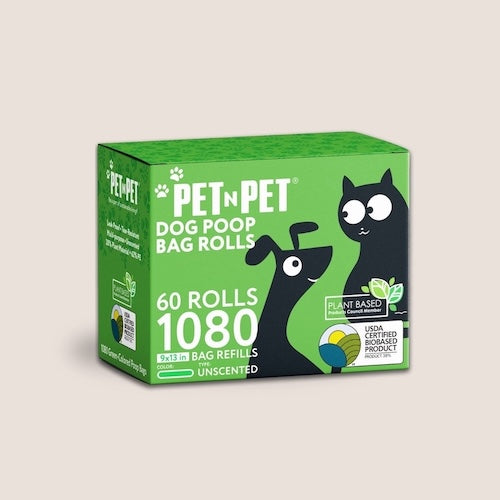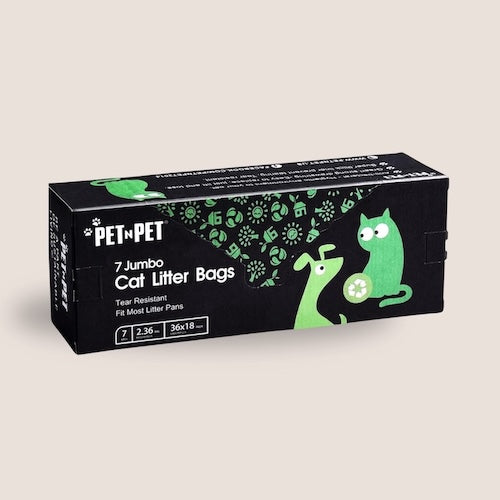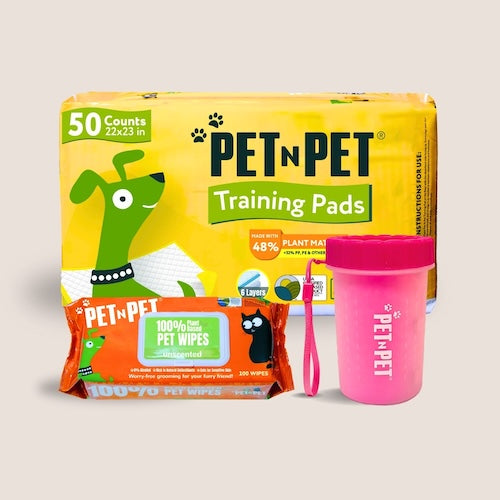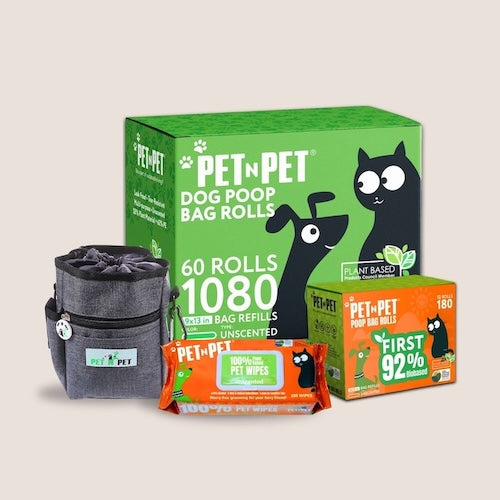
Myths vs. Facts: Understanding Dogs That Claim to Be Hypoallergenic
Can allergy sufferers really live with dogs? Let’s break down the truth.
If you’re allergic to dogs but still dream of having a furry companion, you’ve probably heard it before:
“Just get a hypoallergenic breed.”
It sounds like the perfect solution — but the truth is a bit more complicated.
In this guide, we’ll bust the biggest myths about hypoallergenic dogs, explain what actually causes allergic reactions, and share practical ways to manage allergies — whether you already have a dog or plan to bring one home soon.
🐾 Myth #1: Hypoallergenic Dogs Don’t Trigger Allergies
✅ Fact: No dog is 100% allergy-free.
The term hypoallergenic simply means less likely to trigger allergies — not immune from causing them. All dogs produce proteins in their saliva, dander (dead skin flakes), and urine — the real culprits behind allergic reactions.
💡 Takeaway: Spend time around the breed before adopting. Visit a shelter, breeder, or friend who owns one to see how your body reacts.
🐾 Myth #2: It’s the Dog Hair That Makes You Sneeze
✅ Fact: It’s not the fur — it’s what’s on the fur.
Allergy-triggering proteins stick to fur, and when dogs shed, those particles spread throughout your home: on couches, carpets, clothes, and even in the air. That’s why low-shedding dogs are often marketed as “hypoallergenic.”
💡 Takeaway: Shedding matters, but so does cleanliness. Choose low-shedding breeds and stick to regular cleaning habits to reduce allergen buildup.
🐾 Myth #3: Short-Haired Dogs Are Better for Allergies
✅ Fact: Coat type matters more than length.
Some short-haired dogs shed a lot and produce heavy dander (think: Boxers or Bulldogs). Meanwhile, breeds like Poodles have longer hair but shed very little — and their curly coats can trap allergens instead of releasing them into the air.
💡 Takeaway: Don’t assume “short hair” means “safe.” Look for single-coated, low-shedding breeds instead.
🐾 Myth #4: Hypoallergenic Dogs Don’t Need Much Grooming
✅ Fact: They often need more upkeep.
Poodles, Bichons, and other so-called hypoallergenic breeds require frequent brushing and professional grooming to prevent matting. Matted fur holds onto dander and saliva, making allergies worse.
💡 Takeaway: Plan for grooming every 4–6 weeks and brush several times a week to keep allergens in check.
What Actually Causes Dog Allergies?
Here’s what your immune system is really reacting to:
-
Can f 1 & Can f 2 proteins (found in skin and saliva)
-
Dried saliva on fur from licking
-
Dander (microscopic skin flakes that become airborne)
-
Urine particles, especially from unneutered males or indoor accidents
These particles are tiny — and they can stay in your home’s air and surfaces for weeks or even months.
Breeds Commonly Marketed as “Hypoallergenic”
(Note: Results vary person to person.)
|
Breed |
Why It’s Considered Lower-Allergen |
|---|---|
|
Poodle (all sizes) |
Low shedding; curly coat traps dander |
|
Bichon Frise |
Tight curls; minimal shedding |
|
Maltese |
No undercoat; regular grooming helps |
|
Portuguese Water Dog |
Low dander; curly coat |
|
Schnauzer |
Wire coat; low shedder |
|
Lagotto Romagnolo |
Dense curls; sheds little |
|
Xoloitzcuintli |
Hairless or short-coated, easier to clean |
|
Soft-Coated Wheaten Terrier |
Silky single coat |
6 Ways to Reduce Allergens at Home
Yes, you can manage dog allergies — here’s how:
-
Vacuum 2–3 times a week with a HEPA filter
-
Use air purifiers in key rooms (bedroom, living room)
-
Bathe your dog every 2–4 weeks with vet-approved shampoo
-
Wash pet bedding weekly in hot water
-
Create dog-free zones, especially your bedroom
-
Change clothes and wash hands after playtime or snuggles
BONUS: Allergy Testing Before Adopting
You can now get tested for specific dog allergens like Can f 1. An allergist can help determine your sensitivity and even identify which breeds might trigger a stronger reaction.
💡 Pro tip: Testing before adopting could save you time, heartache — and lots of sneezing.
Final Thoughts
“Hypoallergenic” is a helpful starting point — but not a guarantee. Every person (and pup) is different.
The best recipe for allergy success?
✅ A low-shedding breed
✅ A consistent cleaning routine
✅ Committed grooming habits
And most importantly: meet the dog first.
Sometimes love is worth a few sneezes — especially when you’re prepared.






